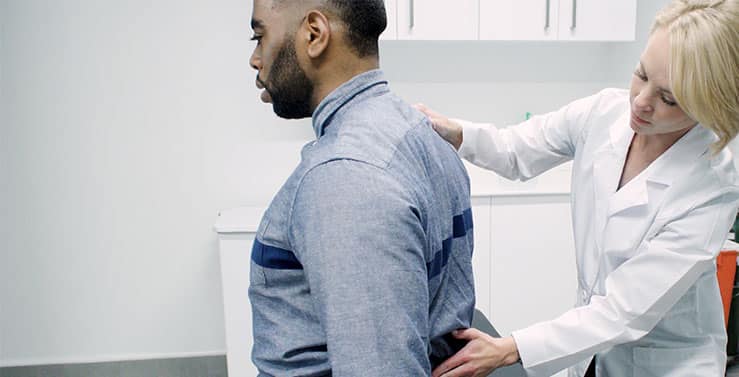How To Cure Sciatic Back Pain Treatment In New Jersey?
Sciatica pain may seem like a never-ending issue. It is difficult to ignore the pain because it pierces right through the centre of you. For all its discomfort, sciatica is a sign of a more serious problem further down your spine. There are many ways to treat sciatica, from at-home remedies to non-invasive injections or surgery. These nine sciatica treatment options include both non-surgical and surgical approaches.
Alternative Medicine Approaches for Sciatica
The precise back treatments doctors advise will vary depending on your situation and the extent of discomfort. Your physician might suggest some potential therapies to relieve your sciatica pain.
Physical activity and exercise
Maintaining an active lifestyle can reduce inflammation and encourage good circulation. Your condition and pain level will determine how much exercise and physical activity you can manage. Nevertheless, it would help to continue being as active as your sciatic pain permits. Your body can still benefit from basic yoga poses or light stretching. Do whatever your body allows: short walks, gentle stretches, daily resistance training and a five-mile run.

Exercise Therapy
As a first step, doctors frequently recommend physical therapy to patients with sciatica. They will take care of any severe pain before recommending physical therapy. Stretching exercises and aerobic and strength conditioning are part of physical therapy. Physical therapists customize conditioning and exercise regimens based on each patient's medical status and degree of fitness. Your exercise regimen should target specific muscles to help you overcome sciatica pain without worsening it.
Medication
Your back specialist may recommend painkillers as a first-line treatment for sciatic pain. They can speak to you regarding healing options once the pain has subsided. If pain persists following physical therapy sessions or other medicines for sciatic nerve irritation, they might also recommend painkillers. Medication for pain relief only provides temporary relief from acute pain. They cannot, therefore, be used as a continuous pain management strategy.
Procedures for Sciatica Surgery
Before surgery, doctors typically consider non-invasive options. However, in some cases of sciatica, surgery is required first. When non-surgical treatments are ineffective for treating sciatica, additional patients require surgery.
Equine cauda syndrome
Even though it is uncommon, cauda equina syndrome is a surgical emergency if it manifests. When an injury or condition compresses the cauda equina, a bundle of nerve roots in your lower lumbar spine that includes your sciatic nerve, it can result in cauda equina syndrome.
Two-sided sciatica
Bilateral sciatica is the term for sciatica that affects both legs. Bilateral sciatica is frequently caused by spinal stenosis or disc hernias.

spinal cancers
Spinal tumours can mimic the symptoms of sciatica. Your doctor should remove the spinal tumour as soon as possible if it is causing sciatica in you.
Laminose
A laminectomy concerns the reduction of the vertebral bones' lamina. The roof over your spinal canal comprises the lamina in each vertebra. A laminectomy removes all or part of the lamina, allowing your spinal nerves to travel freely. Before the surgeon performs the surgery, you will receive general anaesthesia from an anesthesiologist. The one to three hours a laminectomy usually lasts will be spent in deep sleep.
Conclusion
Your life can be significantly disrupted by sciatica pain in your legs, butt, or back. Thankfully, you can do many things to aid in your healing. Often, you can handle milder cases on your own. Even more severe symptoms are frequently manageable. Treatment can overcome sciatica, allowing you to resume your everyday life. To get more information, you can visit the back center new jersey.
Comments
Post a Comment